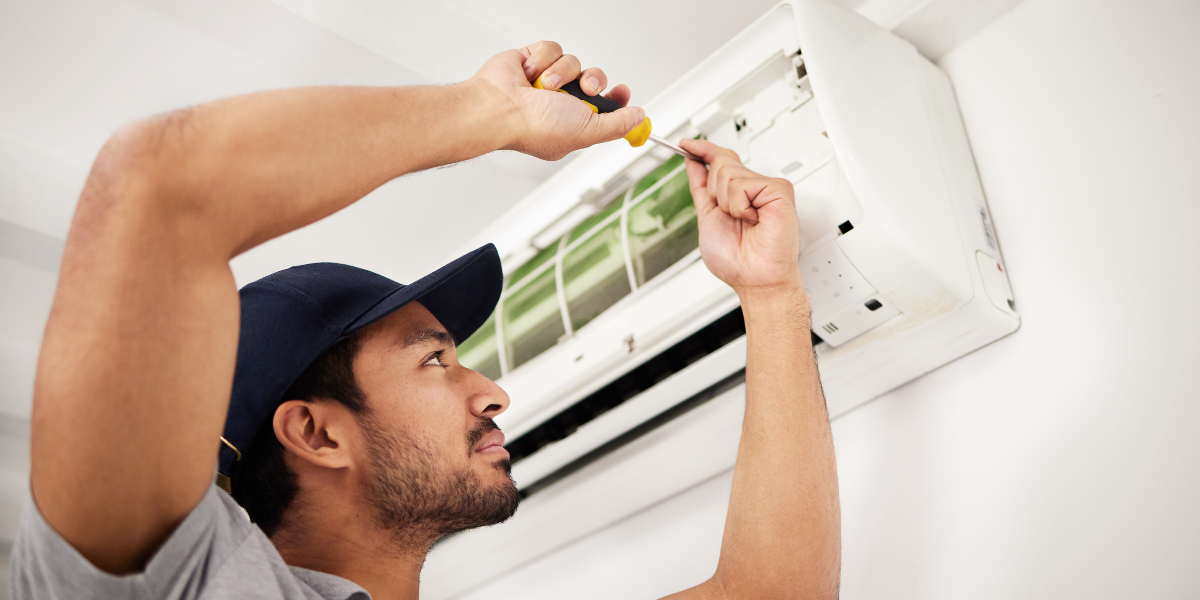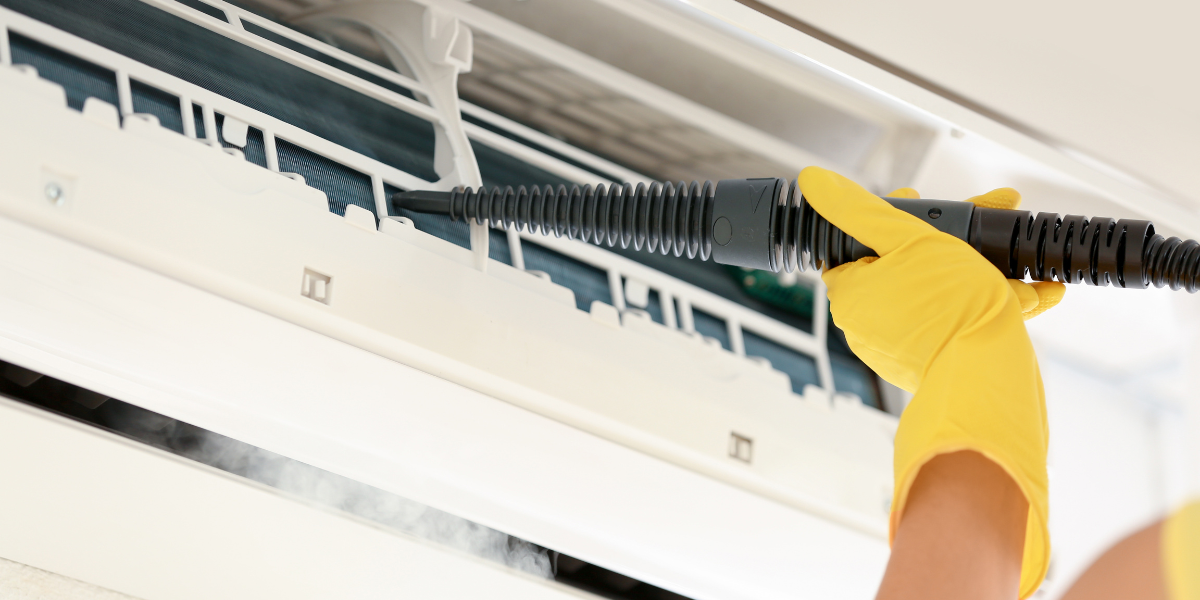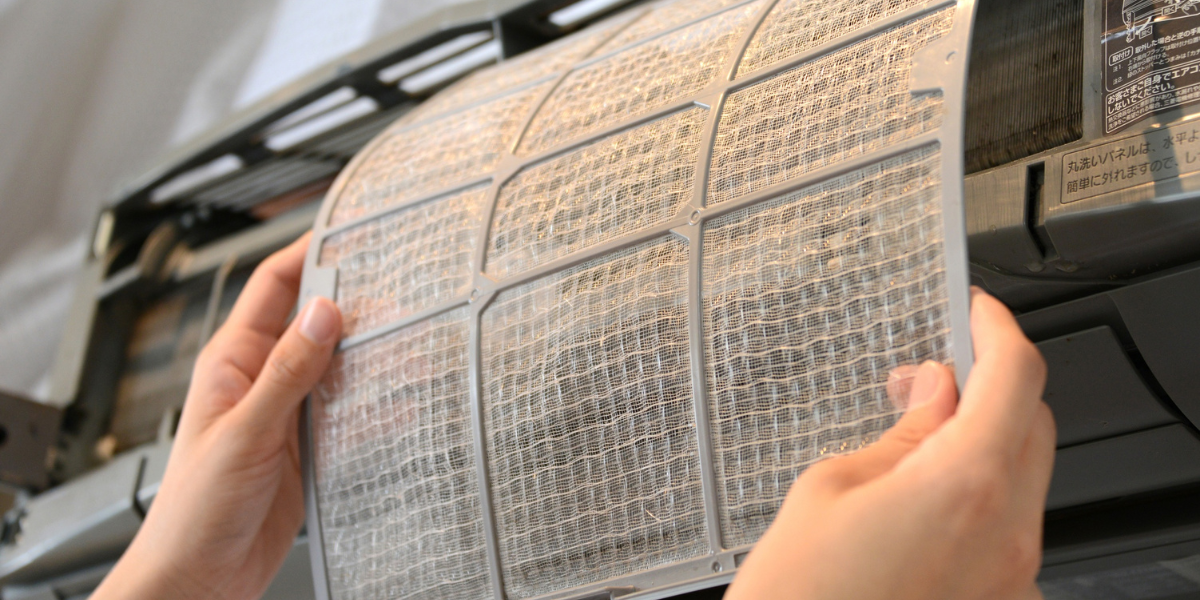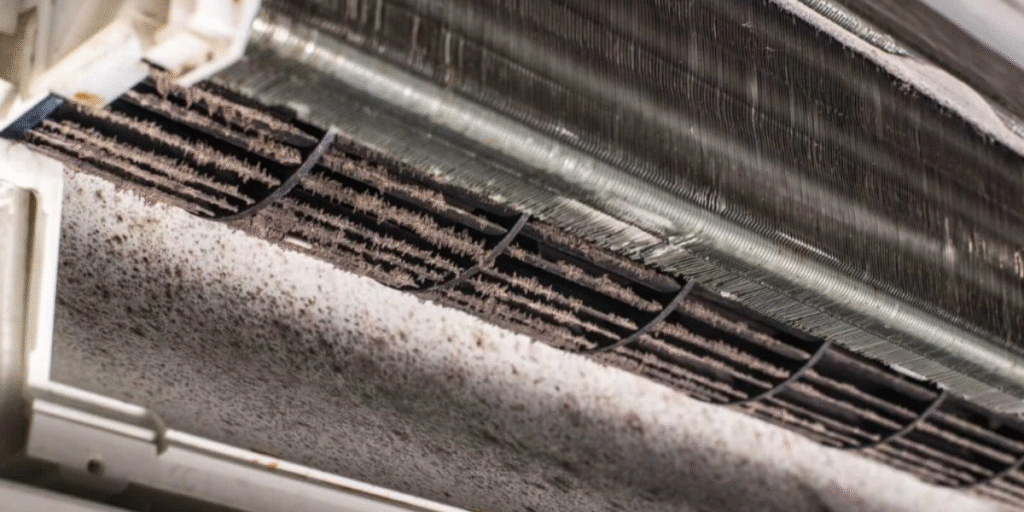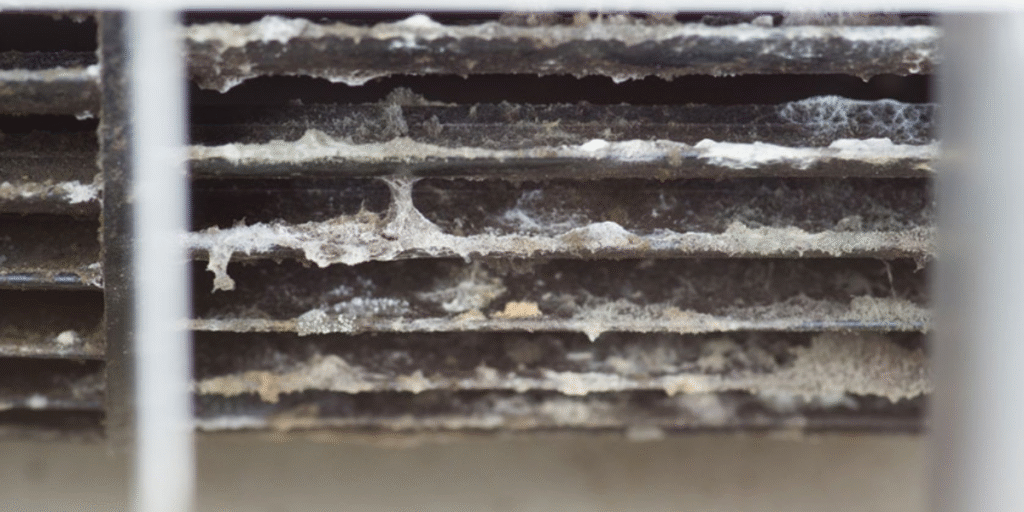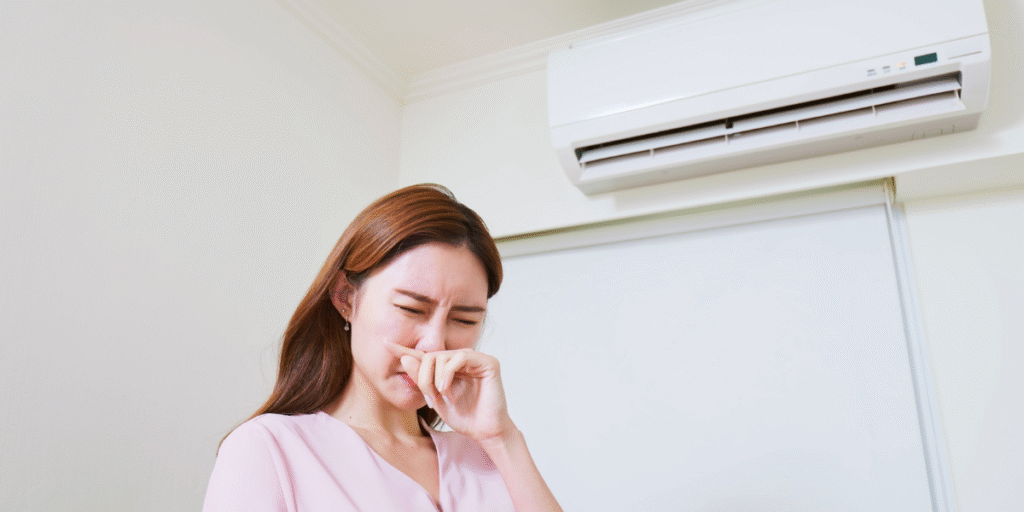After Cyclone Alfead, many homes in Gold Coast experience high humidity, making indoor spaces feel damp, musty, and uncomfortable. At DEEPCHILL, we know that after a storm, homeowners aren’t just looking for a way to cool down – they need to get rid of that sticky, heavy air that makes everything feel damp. Choosing between dry mode vs cool mode is essential for effective post-storm home dehumidification, preventing mold with AC, and ensuring energy-efficient cooling tips are followed. Using the right air conditioner settings for humidity can help restore indoor comfort, reduce energy costs, and protect homes from long-term moisture damage.
Dry Mode Vs Cool Mode: Which One Works Best?
Understanding the difference between dry mode vs cool mode is key to maximizing comfort and efficiency. Homeowners often ask, “What’s the best AC mode after rain?” The answer depends on temperature and humidity levels inside the home.
Dry Mode: Best For High Humidity, Mild Temperature
One of the most common things customers tell us after a storm is: “My home doesn’t feel hot, but everything feels wet and stuffy”. This is exactly when dry mode is the right choice. Dry mode is designed to pull excess moisture from the air without dramatically lowering the temperature. This is especially helpful when:
- Clothes and furniture feel damp even when the AC is running.
- There’s a lingering musty smell that won’t go away.
- Windows start fogging up inside the house.
- The air feels sticky but not necessarily warm.
By switching to dry mode, homeowners can quickly reduce humidity, prevent mold growth, and improve overall air quality while using less energy compared to cool mode. This is one of the best energy-efficient cooling tips after a storm. Proper use of air conditioner settings for humidity in dry mode also supports post-storm home dehumidification and helps in preventing mold with AC.
Cool Mode: Best For Hot And Humid Conditions
Now, if the house is both hot and humid, cool mode is the way to go. Some homeowners try running dry mode when it’s too warm, but then end up feeling like their AC isn’t doing enough. If the temperature feels uncomfortable, cool mode will lower the heat while also removing moisture from the air. It’s best to use cool mode when:
- The home feels hot and sticky even after opening windows post-storm.
- Sleeping is uncomfortable due to high temperatures.
- Fans aren’t providing enough relief from the warmth.
- The house heats up quickly in the afternoon despite running dry mode.
Using cool mode correctly as part of your air conditioner settings for humidity strategy ensures a balance between temperature control and moisture removal, making it one of the best AC mode after rain options when dealing with heat and humidity.
Choosing The Right Air Conditioner Settings For Humidity
At DEEPCHILL, we always recommend homeowners follow these simple steps for better air conditioner settings for humidity after a storm:
- Check the temperature and humidity – If it’s just humid but not too hot, dry mode is the best option. If it’s warm and sticky, switch to cool mode.
- Give it time – Dry mode works gradually. It won’t blast cold air, but over a few hours, the home will start feeling fresher and drier.
- Monitor how the air feels – If the air still feels damp, increase the fan speed or switch to cool mode temporarily.
- Use a dehumidifier for extreme cases – For severe humidity, combining dry mode with a dehumidifier can speed up post-storm home dehumidification.
- Check and clean the AC filters – Storms bring in dust and debris, which can clog the system and reduce efficiency. Regular maintenance helps in preventing mold with AC and ensures energy-efficient cooling tips are followed properly.
How To Switch Between Dry Mode And Cool Mode For Maximum Comfort?
Many homeowners wonder if they should use dry mode vs cool mode continuously or switch between them. The answer is to start with dry mode right after the storm to get rid of excess moisture. Once the humidity drops but the temperature still feels high, then switch to cool mode. This approach not only helps with post-storm home dehumidification but also ensures energy-efficient cooling tips are followed, keeping your home comfortable without overworking the AC.
We often see customers running cool mode all day, thinking it’s the best way to stay comfortable. But in humid weather, running cool mode too much without proper ventilation can actually create condensation inside your home, increasing the risk of mold. The best way to avoid this is to use dry mode strategically. By alternating dry mode and cool mode, you can reduce humidity efficiently and avoid unnecessary energy costs, making it a great way of preventing mold with AC while keeping your home fresh.
Choosing the right air conditioner settings for humidity after a storm can make a huge difference in comfort and energy savings. If you’re unsure whether to use dry mode vs cool mode, need guidance on post-storm home dehumidification, or want expert advice on preventing mold with AC, DEEPCHILL is here to help. Call us today for the best AC mode after rain and personalized energy-efficient cooling tips, and let’s get your home feeling fresh and dry again!


